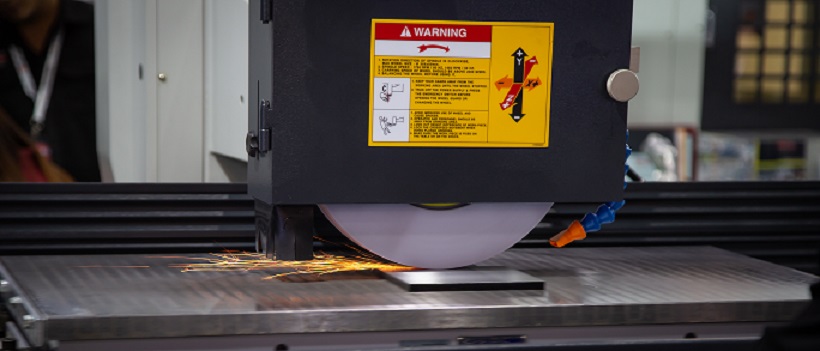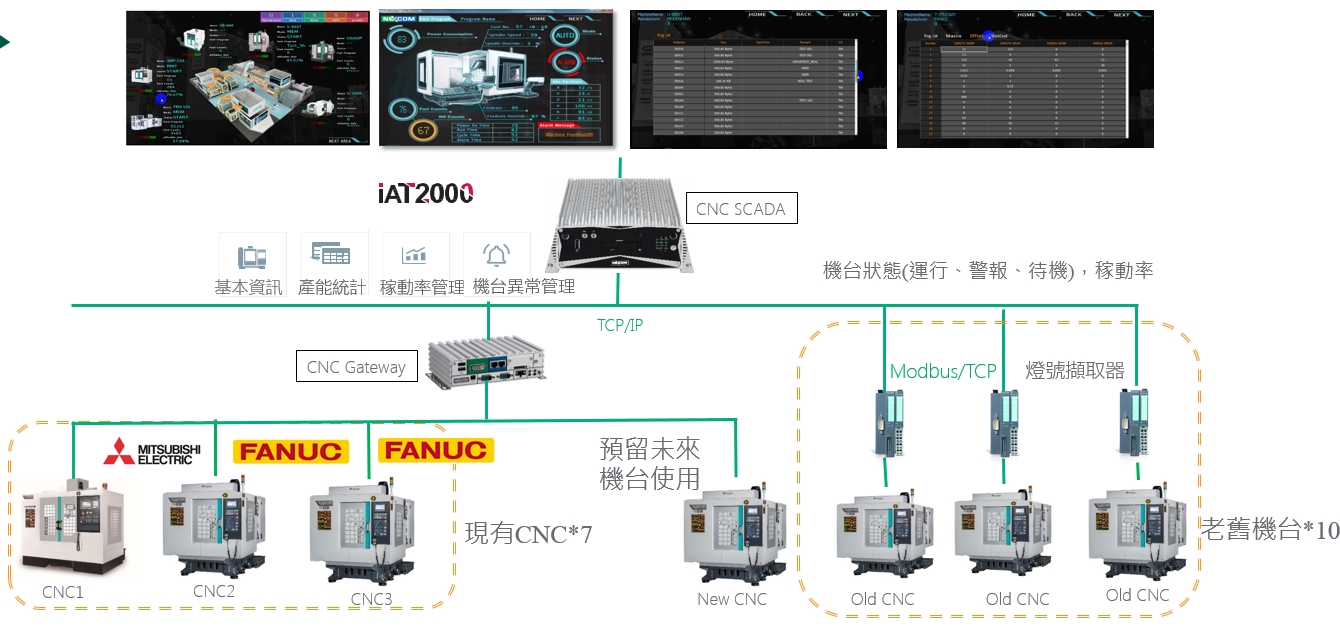
KiniK Diamond Disc Metalworking Digital Transformation Project
Project Name
KiniK Diamond Disc Metalworking Digital Transformation Project
Project Begins
2020/4
Project Ends
2020/11
Client Contact
KiniK董事長特助 王亮勝
NexAIoT Contact
Tommy Lin Send an Email
Background
The main customer group of the diamond disc production line of KiniK Company’s Shulin Factory is domestic and foreign semiconductor high-tech customers, which is one of the essential sources of profit for Kinik. Under the wave of Industry 4.0 and production automation, the factory's current production mode was still majorly manual. In this mode of operation, many problems have arisen as followed:
1.In recent years, the semiconductor market demand has increased dramatically, and the production capacity of the Kinik Shulin Factory is tight. Under the current management model, the production capacity could not be expanded to meet the order demand.
2.The shortage of labor and the difficulty of recruiting made workers unable to meet the work order requirements within the statutory working hours. Consequently, regular overtime and temporary outsourcing have increased costs and reduced profits.
3.The production line equipment frequently shuts down without warning, resulting in the accumulation of semi-finished products. They have been stacked for up to five consecutive days with low inventory turnover efficiency and a backlog of management funds.
In September 2019, the senior executives of Kinik Company were invited to visit the NEXCOM Linkou Huaya Smart Factory. After the meeting, the senior executives of Kinik immediately ordered the upgrade of their Shulin Factory’s production line.
After reviewing several proposals and comparing product integration, in March 2020, Kinik signed a contract and appointed NexAIoT as the integrator of the intelligent manufacturing upgrade system for its Shulin Factory.
Challenges
1.Due to the information gap between the production management and the manufacturing site, the materials, semi-finished products, and finished products on the production line were accumulated and wasted and caused low production efficiency. The on-site operating environment was chaotic, and the production progress could not be tracked in a systematic and precise way.
2.The overall information on the production line was inconsistent, causing the dispatch materials and work orders not to be arranged according to the actual capacity load. The Overall Equipment Effectiveness (OEE) was created via oral calculations, and the data was for reference only, not authentic.
3.Nearly 20 years old processing equipment did not have communication capabilities.
Solution System Architecture Description
Seven pieces of CNC equipment with communication function for real-time data collection and a new CNC communication interface were reserved for future purchases. The equipment would be connected to the Internet and could be incorporated into the CNC SCADA monitoring system.
On the site, there were ten pieces of old equipment without a communication function. They would be incorporated into the CNC SCADA monitoring system through NEXCOM's exclusive tri-color light signal reading sensors to detect the signals of operation, alarm, and standby.
The CNC SCADA framework comprised the underlying communication CNC Gateway, the graphic control software––JMobile, and the data database––MySQL.
CNC Gateway connects various CNC controllers through different communication protocols. It collects and stores the equipment controller data in the MySQL database, and then displays real-time images through JMobile high-resolution graphic control software to provide dynamic monitoring of the production line based on the MySQL data.;
Results and Benefits
After NexAIoT completed the system planning and integration, Kinik Company planned to update all of the existing old machines uniformly. Kinik hoped to collect the data produced by the machines through the Internet of Things in the future, and based on the assimilated data to manage real-time production information through a visual system, thereby laying the foundation for Kinik's smart manufacturing in the future.
A visual system can integrate equipment information to manage idle machines. The production management unit can further arrange diversified products to utilize and plan the idle capacity of machines to increase the overall OEE. Currently, the primary goal for Kinik is to improve the overall OEE. In the follow-up, Kinik will introduce lean management to make comprehensive improvements to benefit the long-term development of the company.

